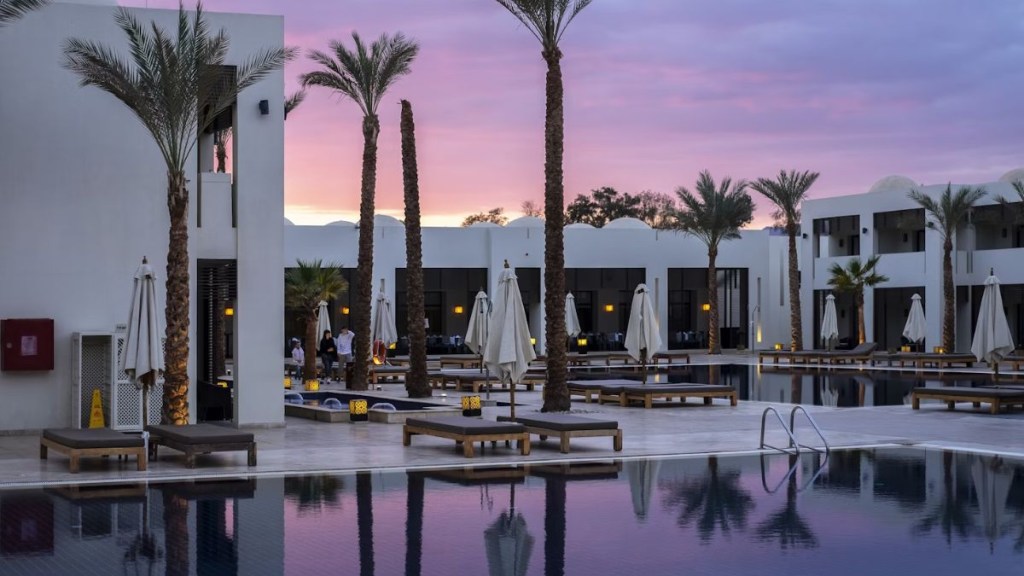After three strong years of double-digit growth driven by a surge in domestic leisure travel, corporate bookings, and MICE (Meetings, Incentives, Conferences, and Exhibitions) events, India’s hospitality sector is now entering a phase of measured expansion, according to a recent outlook by ICRA. The ratings agency has revised its outlook for the industry from Positive to Stable and has projected a revenue growth of 6-8 per cent in FY26, on a high base. This is a clear step down from the robust performance between FY23 and FY25.
Occupancy and room rates to remain strong
Further, ICRA estimated pan-India premium hotel occupancy to hold at 72-74 per cent in FY26, slightly higher than the 70-72 per cent levels witnessed in FY24 and FY25. The average room rates (ARR) for premium hotels, meanwhile, are projected to rise to Rs 8,200- Rs 8,500 in FY26, after a healthy Rs 8,000- Rs 8,200 in FY25 amid lagging supply additions and several hotels undergoing renovation, refurbishment and upgradation.
Temporary impact from terror attacks
Jitin Makkar, Senior Vice President and Group Head – Corporate Ratings, ICRA Limited, said, “While the terror attacks in April 2025 and consequent heightened uncertainties in North and West India in May 2025 had led to a surge in cancellation of travel/MICE, the impact has been largely temporary and localised. In recent weeks, there has been a healthy recovery in sentiments following the abatement of the conflict.”
In light of this, ICRA said, foreign tourist arrivals (FTAs) to India are expected to remain muted in the next few months in the aftermath of the terror attacks but are estimated to witness gradual recovery thereafter. Domestic tourism, however, has been the prime demand driver so far and is likely to remain so in the near term.
Medium-term growth drivers in place
Factors such as enhanced infrastructure and air connectivity, a favourable demographic profile, and the expected rise in large-scale MICE events—bolstered by the launch of several new convention centres in recent years—are expected to drive growth over the medium term, the analysis report said.
ICRA analysed its sample set of 13 large hotel companies and concluded that they are likely to report range-bound operating margins of 34-36 per cent for FY26, despite a lower revenue growth.
Financial health and supply trends
The margins, it added, will remain supported by factors like cost-rationalisation measures and asset-light expansions in recent periods. The performance across the sample is expected to vary, influenced by factors like ongoing renovations and rising employee costs amid increasing demand. However, reduced debt levels have lowered interest expenses, which should help improve profit margins and strengthen credit indicators—such as interest coverage rising above 2 times and Debt/OPBITDA falling below 5 times by FY2026.
“The demand uptick over recent years led to an increase in supply announcements and resumption of deferred projects in the past 24-30 months. However, supply growth is expected to lag demand over the next 12-18 months,” Jitin Makkar said.
ICRA’s premium room inventory database (12 key cities) across the country indicated a CAGR of 4.5-5.0 per cent in room inventory addition during FY23-FY26.
Asset-light expansion
A large part of the new supply, the brokerage firm said, is through management contracts and operating leases. “Land availability issues currently constrain supply addition in the premium micro-markets in metros and larger cities. The addition to premium hotel supply in these areas is largely on account of rebranding or property upgradation and the greenfield projects are largely being initiated in the suburbs,” Jitin concluded.
